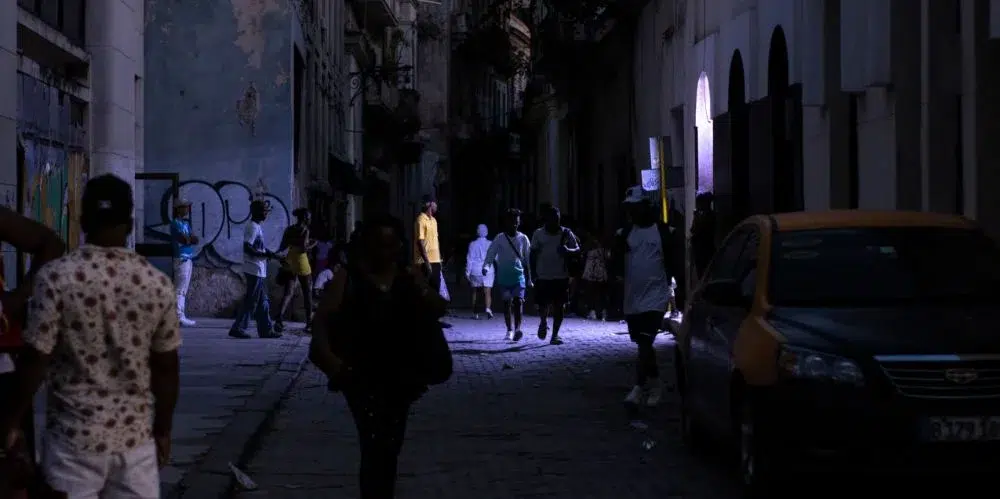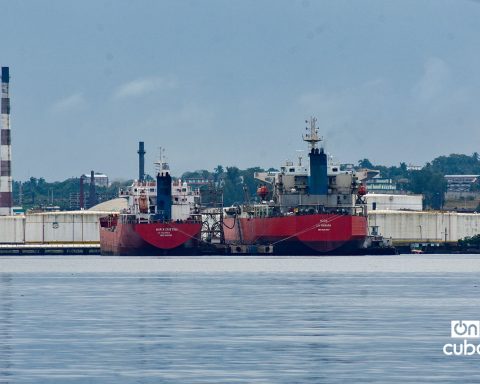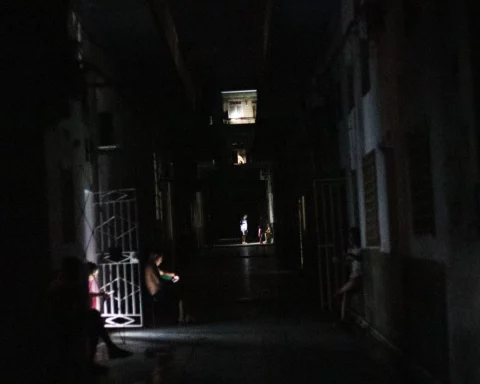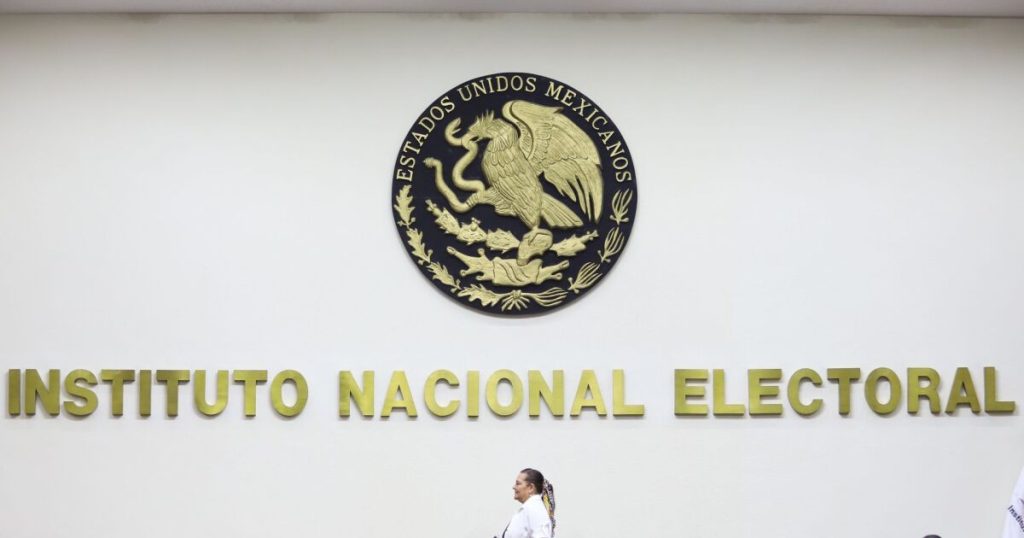Miami, United States. – Cubb Official reports of the Electric Union (UNE). The affectation reached its maximum point at 8:10 pm, coinciding with the schedule of greater demand, and caused simultaneous blackouts in 51% of the national territory.
The deficit exceeded the planned, mainly by “fuel limitations in the melons”, the UNE recognized.
The forecasts for this Thursday are no more encouraging. The official part indicates that at 7:00 am the availability was only 1,660 MW against a demand of 2,780 MW, which caused an impact of 1,150 MW in the morning. For noon, an increase at 1,280 MW was expected.
In the night peak schedule, a maximum demand of 3,380 MW is estimated, while the generation capacity would barely reach 1,720 MW, which would imply a deficit of 1,660 MW and a total affectation of 1,730 MW. This figure places the day among the largest electrical crisis in recent years.
Among the main causes of this situation are seven thermoelectric units out of service – three by breakdown and four in maintenance – as well as the unavailability of 103 generation centrals distributed due to lack of diesel and 68 MW in the melon pinch due to fuel shortage. In addition, 27 MW are paralyzed due to lack of lubricants.
Despite the incorporation of eight new solar parks, whose joint production was 1,064 MWh in the last 24 hours, the generation fails to cover the growing demand for electricity on the island.
Chronic infinance of the National Electric System (SEN), entirely controlled by the State since 1959, adds to the deterioration of an obsolete infrastructure. “Seven of the 20 thermoelectric production units are currently damaged or in maintenance,” the UNE explained.
The impact on the population is increasingly severe. In Interior provinces, interruptions reach up to 20 hours a day, while in Havana the scheduled cuts are between four and six hours. These conditions not only affect everyday life, but also paralyze economic activity and feed social discontent.
The Cuban government attributes part of the crisis to US sanctions, while independent calculations estimate that the island would need between 8,000 and 10,000 million dollars to refloat its electrical system. “The situation has worsened since the end of last year,” UNE admitted.
According to government figures, the Cuban economy contracted 1.9% in 2023 and did not grow in 2024. The gross domestic product of the island remains below the 2019 levels and a significant recovery is not expected this year.
Before the total blackout of October 18, 2024, most of the provinces of the island only had three hours of electric service per day, a situation to which most of the Cuban territories have returned, with the exception of Havana, the provincial headwaters and some localities linked to essential services.
After a slight improvement, the blackouts rebound again and affected up to almost 60% of the country simultaneously. However, the current effects do not exceed October 2024, when it occurred The “total disconnection” of the National Electroenergetic System (SEN) for several days.
The blackouts further complicate the already tense energy situation of the country and not only deteriorate the economic performance of Cuba, which has been plunged into a serious crisis, but also the trigger for anti -government protests. The most notable July 11, 2021the largest in decades, and on March 17, 2024 in Santiago de Cuba and other locations.

















